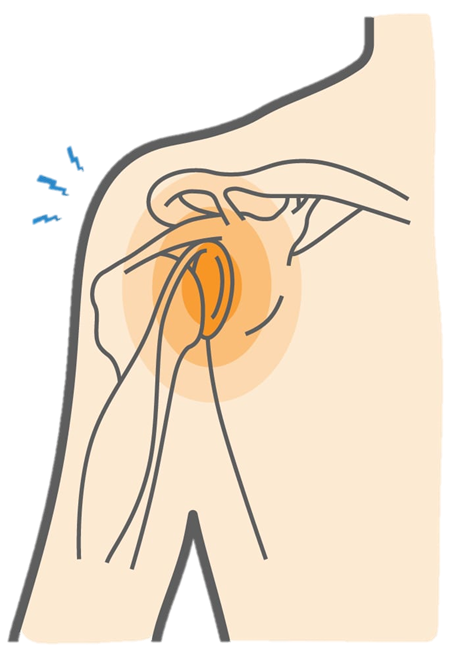A SLAP tear is an injury to the labrum of the shoulder, which is the ring of cartilage that surrounds the socket of the shoulder joint.
Symptoms
You may not have symptoms all the time. You may only experience pain or other symptoms when doing certain movements with the shoulder.
- Pain when performing overhead movements
- Popping or grinding sound when moving the shoulder
- A decrease in range of motion in the affected shoulder
- Loss of strength in the affected arm
Causes
SLAP tears can occur due to a traumatic event, like a fall, or by repetitive overhead motion. Common causes of SLAP tears include:
• Falling onto the arm when it’s stretch out, like when diving to catch a ball
• Repetitive, forceful overhead movement, like a hang snatch movement in Olympic weightlifting
• Repetitive overhead motions required in activities like swimming or throwing a ball
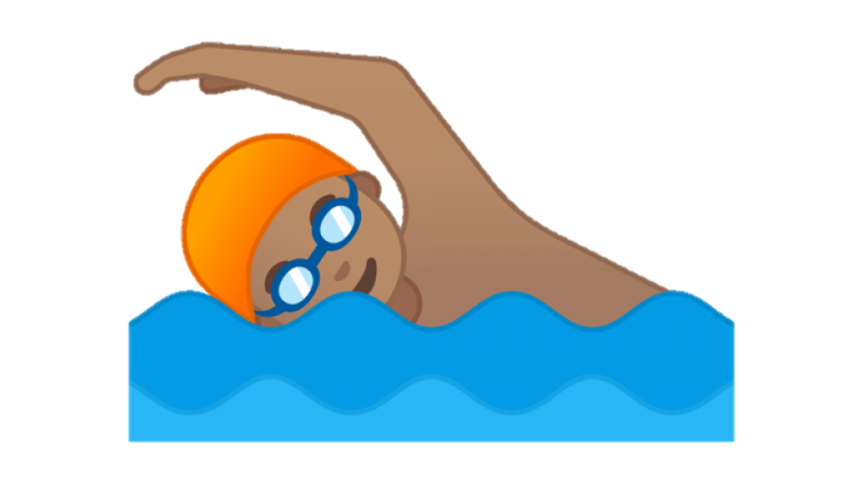
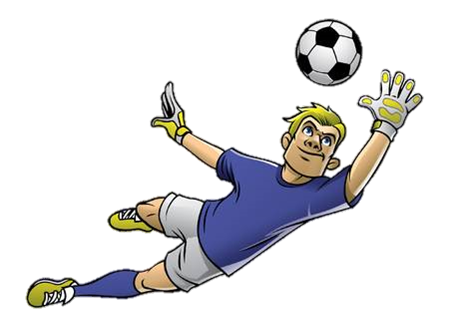
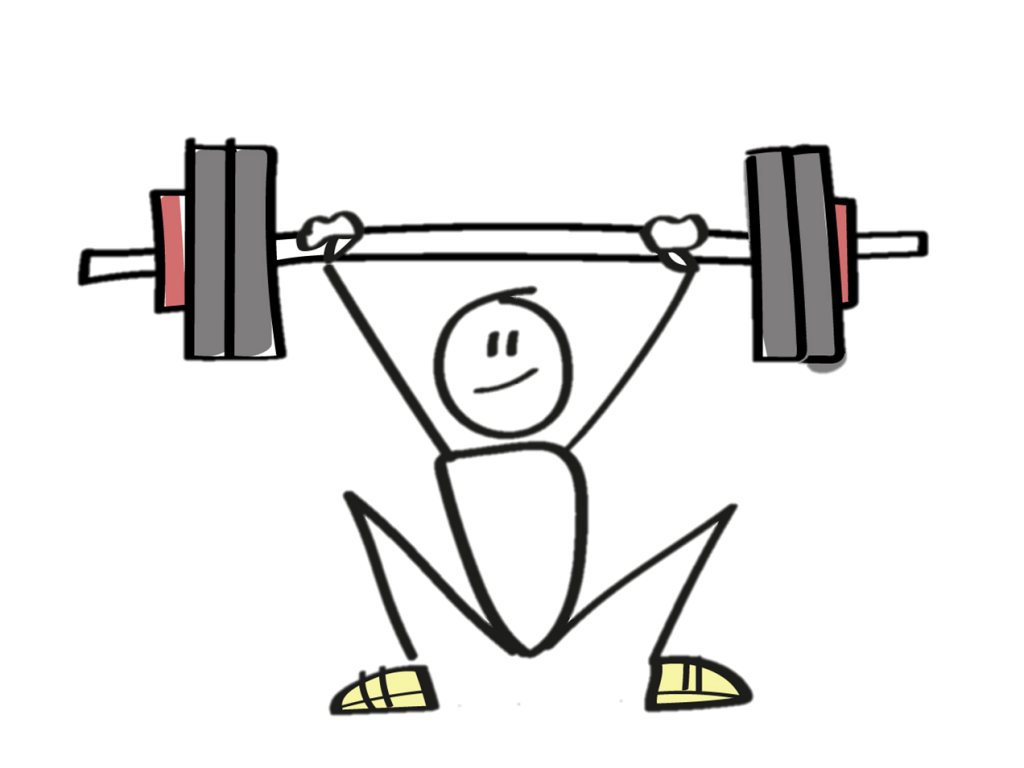
Anatomy
The head of the humerus bone fits inside of a cavity of the scapula called the glenoid fossa. Inside the glenoid fossa is a ring of cartilage, called the labrum. The labrum serves multiple important functions for the shoulder, like:
•Providing stability for the shoulder by “hugging” the head of the humerus
• Providing cushion for the shoulder joint
•Protecting the humerus bone and the scapula from grinding against each other
• Serving as a connection point for various shoulder ligaments
• Serving as a connection point for the long head of the bicep tendon
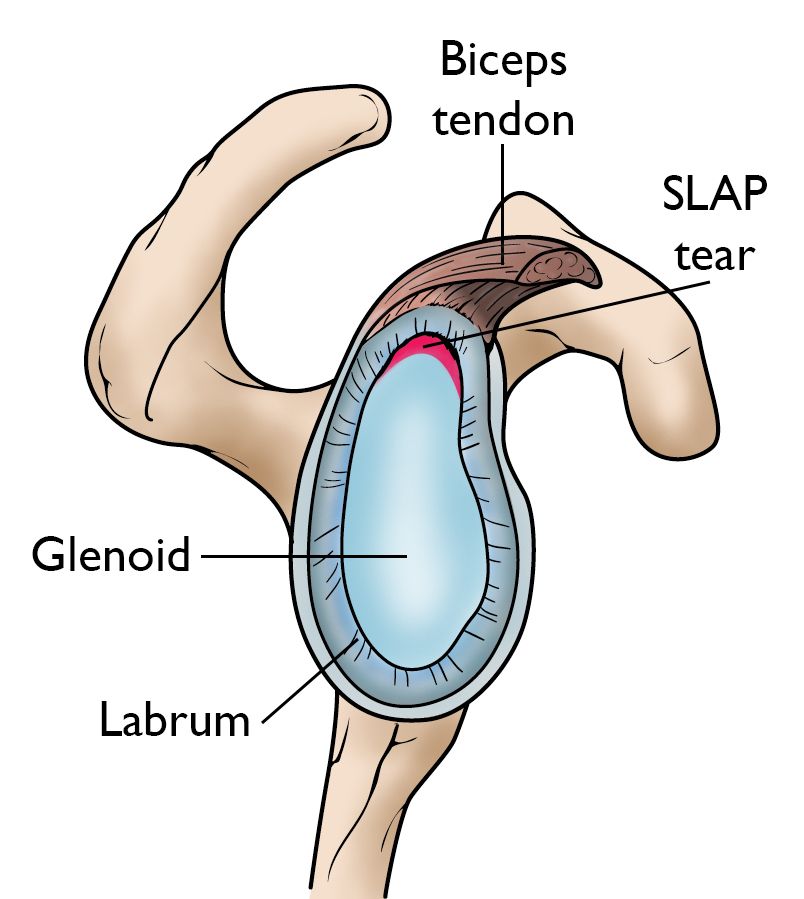
When the superior portion of the labrum tears, this is referred to as a SLAP tear. The long head of bicep tendon may also be injured in a more severe SLAP tear.
Treatment
Treatment for SLAP tears will vary depending on the severity of the tear and what type of tear occurred.
Type 1
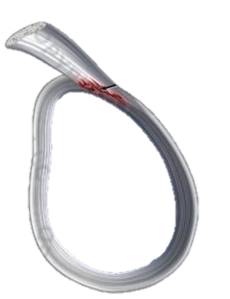
Type 2
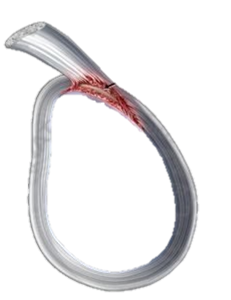
Type 3
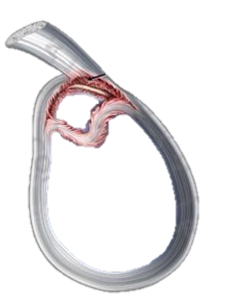
Type 4
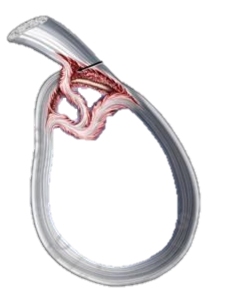
Type I SLAP tears can generally be treated using non-operative treatments.
If non-surgical treatments do not alleviate pain, your doctor may suggest surgical treatment.
If the tear is minimal, your surgeon may decide to either remove the torn tissue or reattach the torn portion of the labrum.
If a SLAP tear is a high-grade tear, your surgeon may decide to detach the bicep ligament from the labrum and attach it to the humerus.
Contact Me
Let's chat!
Need more information? Send me an email or drop me a line. I don’t bite!
- Charlotte@rehabontheroad.co.uk
- 07971448719

